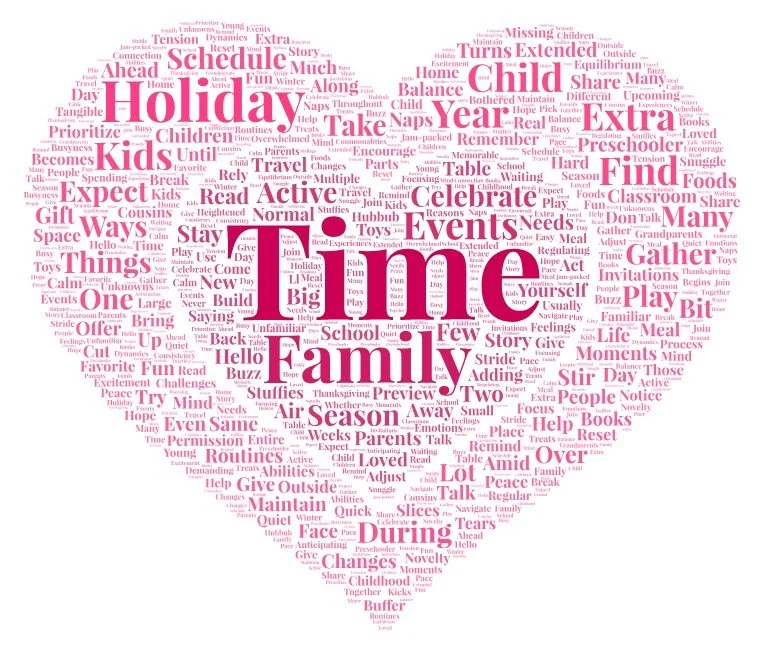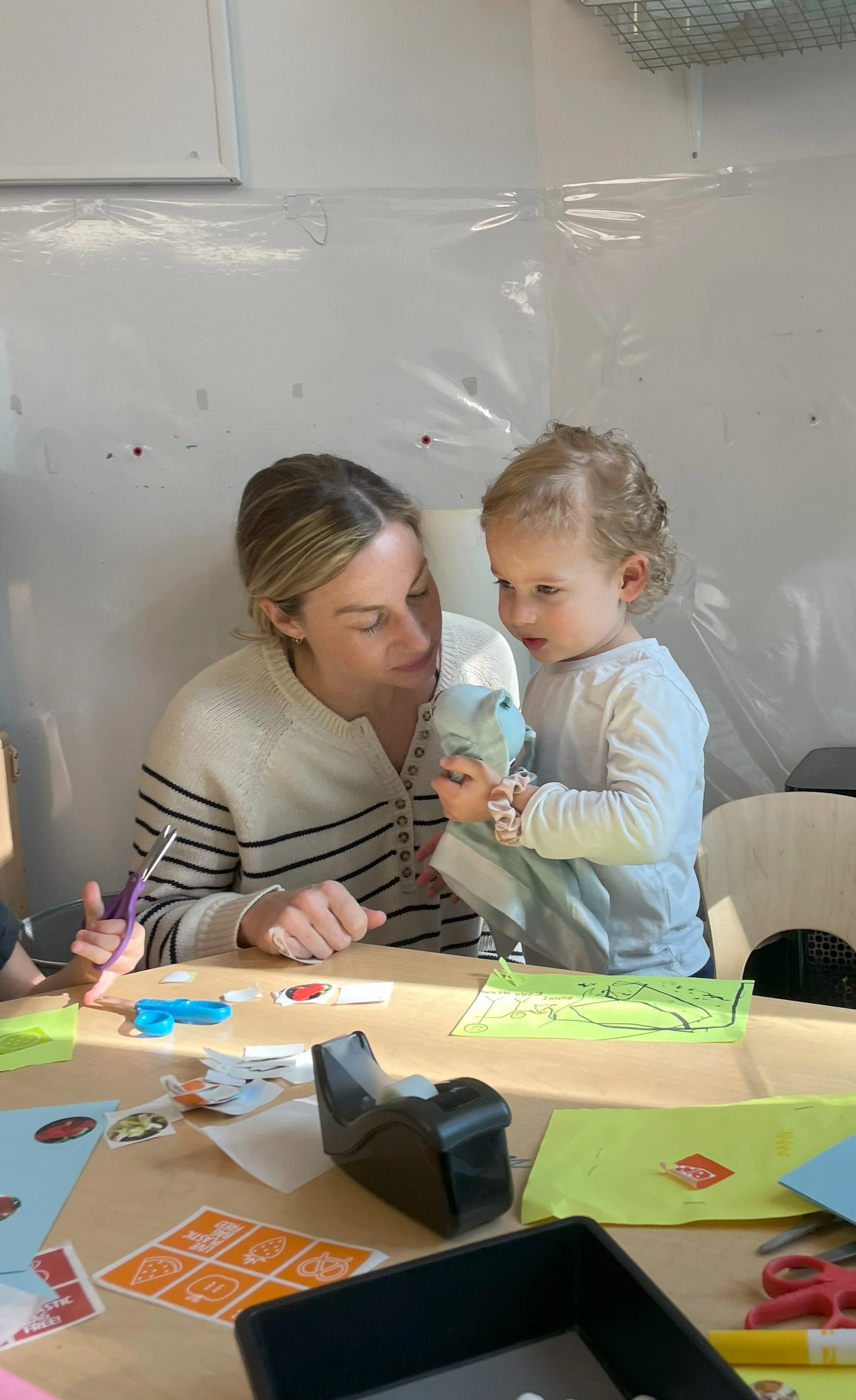Reading stories is an important component of our school day here at Park West, as it often is in homes. But what exactly do children get out of story time at school? Read-alouds present many opportunities for learning, but a primary goal is for children to develop their comprehension skills. Building comprehension skills in preschool is essential for fostering a love for reading and developing critical thinking abilities. This remains a goal throughout a child’s trajectory at Park West, but we support that in different ways, depending on age and developmental levels.
Pacing Yourself During the Holiday Season
Parenting a preschooler is never easy, and during the holidays parents also have to navigate changing schedules, extended family dynamics, and heightened expectations. There are so many activities and ways to celebrate throughout the winter that every day could be jam-packed with events and gatherings and extra treats. Remember that you don’t have to do it all. Give yourself permission to prioritize your own peace of mind and say no to some invitations or cut back on events this year.
How Do I Help My Child Learn To Share?
Offering children some concrete ways to handle sharing materials allows them to relax and follow their ideas. Children learn that there is a way to have a turn, and that they don’t need to grab or hoard toys. Although young children can be impulsive and find it hard to use their words in the heat of the moment, children can learn to talk to each other when supported by the adults around them. Helping children communicate about taking turns is one of the first steps towards learning to share.
How Do I Help My Child With Language Development?
Toddlers and preschoolers learn language at an astonishing rate! In a relatively short time, they learn to name objects, convey their needs and desires, describe their feelings and explain their thinking. They learn to connect with others through the use of language, and in time they become able to attend to another’s point of view and carry on reciprocal conversations. Teachers actively encourage children to converse, express themselves and verbalize their intentions.
A New School Year
This time of year is always so exciting for us at Park West, as we welcome both new and familiar faces into the building. As a parent, starting school can also be nerve-wracking. There are always so many unknowns. How well will my child do at school? Will the teachers understand their needs or get to know all of their special qualities? Will they be successful with their peers?
Preparing Preschool Children to Transition to Summer: How Teachers and Parents Can Help
What a year it’s been! A year of discoveries, triumphs and, at times, disappointments. For all of us, this time of year is marked by a mixture of emotions. We are so proud of how much children have grown and excited for their next steps, but also wistful and a bit sad to say goodbye. Many children won’t really understand this change until it happens. We have tools that we use to help children conceptualize the length of the summer.
Firsts and Lasts: Parenting In the Moment
When you think of your child’s growth and development, do you think about all the “firsts?” Celebrating first steps and first days of school and first wobbly bike rides is natural. As we look forward to the next new thing, it can be easy to overlook some of the sweetest parenting milestones - the “lasts.”
Following children’s lead
Communication and Niceties
Here at school, we don’t insist that kids use pleasantries like please and thank you. Teachers definitely model the use of these polite words, and certainly don’t discourage kids from using them, but we think that focusing on them too much can complicate the already-challenging work of self-expression and reciprocal communication.
Autonomy
Thank you for attending parent’s day last week! It was wonderful to see kids and parents playing together, and kids explaining how things go here at school. From our handwashing routine at arrival, to helping themselves to toys and activities, kids know all about school and they relish being the experts as they show you around their classroom. Kids have learned that school is their place, and that things are set up for their size and pace. They’ve become familiar with where to find the playdough and how to set up favorite board games, they’ve gotten to know the teachers and the rest of the kids in their class. They are also getting to know themselves more as they navigate group life, and discovering their own interests, strengths, and challenges.









